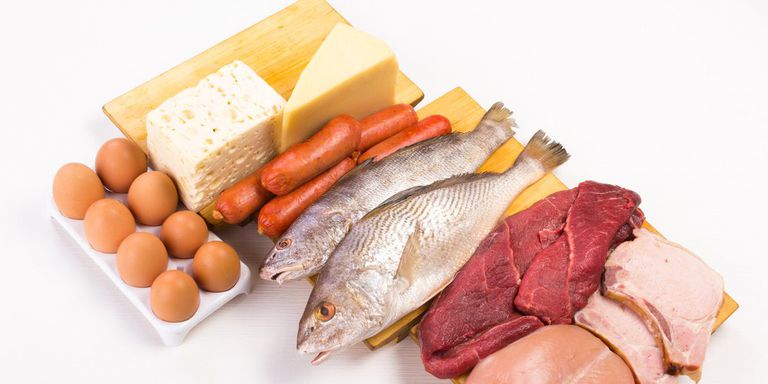If you’re a big fan of quinoa or chia seeds, you may have heard them touted as complete proteins. In a nutshell, that means they contain all of the nine essential amino acids required to build and repair protein tissues in the body. But the question is: does that matter?
By CYNTHIA SASS
The short answer is no, not really. But first, let’s back up a step.
Animal-based foods like eggs, dairy, fish and meat are complete proteins, while most plant foods are incomplete—meaning certain amino acids are missing from the protein puzzle.
Some people believe that in order to utilize plant protein efficiently, you must eat so-called “complementary proteins” together. Rice and beans are a good example of complementary proteins, because the amino acids that are missing from beans are found in rice and vice versa.
However, according to the Academy of Nutrition and Dietetics, the terms “complete protein” and “incomplete protein” are misleading. That’s because if a person consumes enough calories from a healthful, varied diet—even if those calories come exclusively from plant-based foods—she should get an adequate supply of essential amino acids within a 24-hour period.

If you’re a big fan of quinoa or chia seeds, you may have heard them touted as complete proteins. In a nutshell, that means they contain all of the nine essential amino acids required to build and repair protein tissues in the body. But the question is: does that matter?
The short answer is no, not really. But first, let’s back up a step.
Animal-based foods like eggs, dairy, fish and meat are complete proteins, while most plant foods are incomplete—meaning certain amino acids are missing from the protein puzzle.
Some people believe that in order to utilize plant protein efficiently, you must eat so-called “complementary proteins” together. Rice and beans are a good example of complementary proteins, because the amino acids that are missing from beans are found in rice and vice versa.
However, according to the Academy of Nutrition and Dietetics, the terms “complete protein” and “incomplete protein” are misleading. That’s because if a person consumes enough calories from a healthful, varied diet—even if those calories come exclusively from plant-based foods—she should get an adequate supply of essential amino acids within a 24-hour period.
Animal-based foods like eggs, dairy, fish and meat are complete proteins, while most plant foods are incomplete—meaning certain amino acids are missing from the protein puzzle.
Some people believe that in order to utilize plant protein efficiently, you must eat so-called “complementary proteins” together. Rice and beans are a good example of complementary proteins, because the amino acids that are missing from beans are found in rice and vice versa.
However, according to the Academy of Nutrition and Dietetics, the terms “complete protein” and “incomplete protein” are misleading. That’s because if a person consumes enough calories from a healthful, varied diet—even if those calories come exclusively from plant-based foods—she should get an adequate supply of essential amino acids within a 24-hour period.
Questions? Call +254 718 994368 / 733 994 368 or E-mail wecare@pathwayintl.co.ke
Pathway International: providing Global Healthcare Solutions.

